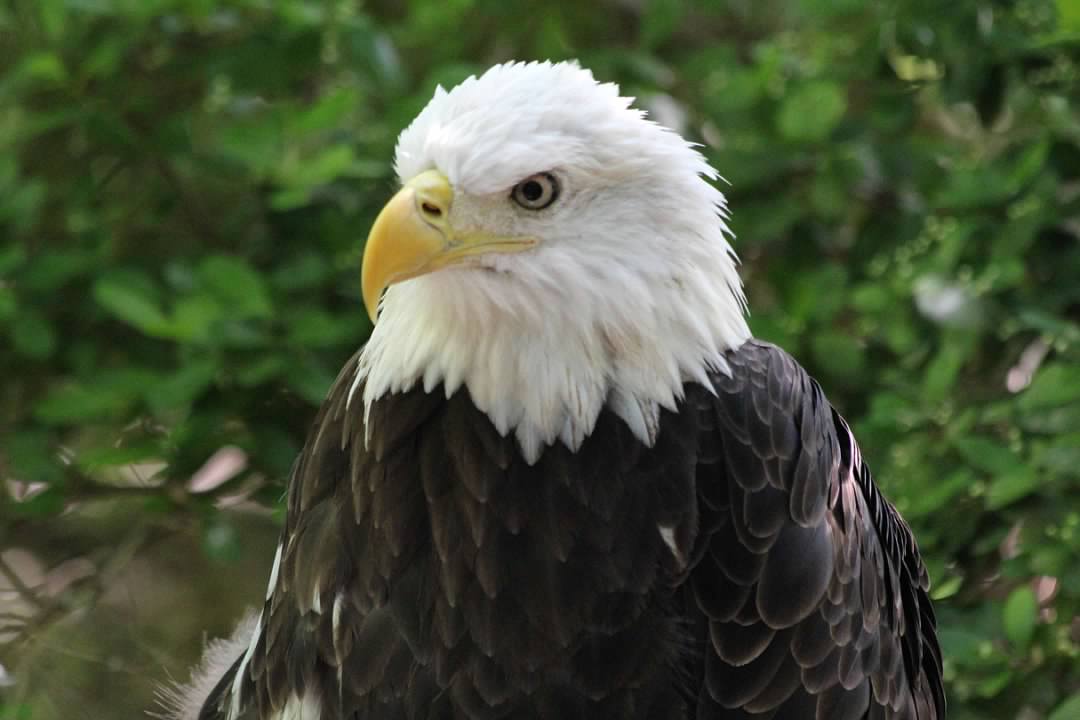NASCAR officials announced updates Wednesday to the NASCAR Cup Series rules package for short tracks and road courses in 2024, introducing aerodynamic changes designed to promote more competitive racing on those track types.
The changes — announced in a Wednesday afternoon technical bulletin to Cup Series teams — are set to go into effect for the circuit’s first points-paying short-track race of the season, scheduled March 10 at Phoenix Raceway. The 1-mile Arizona track was the site of a two-day test session last month, when six teams tried out the rules configuration’s components and provided positive feedback about the results.
RELATED: Photos from Phoenix test | 2024 Cup Series schedule
The key new component for short tracks and road courses is a simplified rear diffuser with fewer vertical strakes. The configuration will cut downforce up front by keeping the engine panel strake-free and retaining the splitter stuffers from last year’s package. To compensate for the reduced downforce, competition officials have introduced a slightly taller rear spoiler, up from two to three inches in height with the same length across the rear deck.
Dr. Eric Jacuzzi, NASCAR vice president of vehicle performance, thanked the six drivers who participated in the Dec. 5-6 test for helping competition officials to formulate the new package. Jacuzzi also said that the Phoenix test marked an improvement over another two-day session at Richmond Raceway last summer, when an experimental splitter produced too much of a reduction in downforce and stability.
That test, Jacuzzi says, helped competition officials learn those aerodynamic boundaries and find the right balance at Phoenix.
“One of the things going into the Phoenix test, we said, ‘let’s do a simplified diffuser,'” Jacuzzi told NASCAR.com. “‘Let’s see what it does when we put it in traffic,’ and what we actually found was it appeared to be an improvement. Then another interesting effect was that it did not lose rear downforce when it yawed, which is an issue we fight with the current car. So we felt that the car, the drivers would be able to slide around more on the short tracks and really have to be less careful about putting power down.
“We felt that would be a benefit, and that was the big takeaway from the driver feedback. At the test, they felt they could really tell that it was more forgiving. They felt they could slide the car, not crazy but certainly much more than they regularly could without having a performance penalty.”
Implementation of the new aerodynamic changes will arrive in the fourth race of the NASCAR Cup Series season after a pair of additional tests – one in the wind tunnel Feb. 13 to ensure aero parity across the three manufacturers and another Feb. 20 back at Phoenix to collect data with wheelforce-equipped vehicles. The initial availability of parts for the teams is expected early next month, and Jacuzzi also said that the new simplified diffuser would signal a cost-savings for the teams.
Another critical portion of last month’s test at Phoenix concerned the tires. Jacuzzi said Goodyear officials have worked closely with NASCAR’s competition counterparts to achieve the right combination of wear and performance for the race-ready rubber this season.
“Goodyear, I thought, did a really good job at the tests,” Jacuzzi said. “We had asked them — and the drivers did as well — to be extremely aggressive in bringing compounds and options, and they did do that. I think the one key thing that we’ve seen at Phoenix and at other locations is increasing the tread gauge, so actually making the tread of the tire a little thicker. … But adding that thickness, it seems to be every time we’ve done it has been very favorable from the driver standpoint, and Goodyear believes that added thickness will help contribute to tire fall-off.
“So that’s really a good learning out of there. I think we really proved out that we could continue to work on making the compounds we have softer, to where they have more grip initially, but then fall off more significantly. So I think that’s a big positive from the Goodyear side that came out of the test.”
The new aerodynamic configuration will not be used for the Busch Light Clash at The Coliseum in Los Angeles on Feb. 4 (8 p.m. ET, FOX, MRN, SiriusXM). Bristol Motor Speedway and Dover Motor Speedway – two fast, high-banked concrete tracks measuring 0.533-mile and 1 mile respectively – are not currently slated to use the new aero configuration, pending evaluation of how it performs at Phoenix, Richmond (0.75-mile) and Martinsville Speedway (0.526-mile) in the first quarter of the Cup Series season.
Jacuzzi said no changes to the gearbox to eliminate shifting with the short-track package are anticipated this season, though he added that “there’s work ongoing on what can be done there and what will be beneficial to the racing.”

